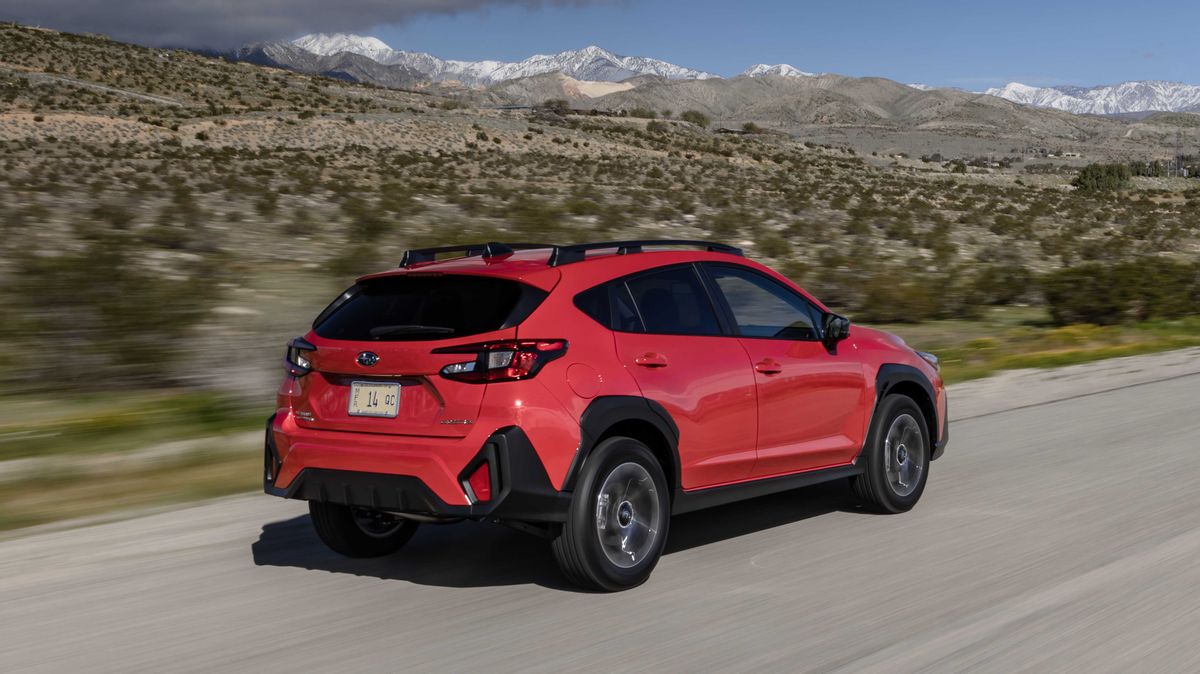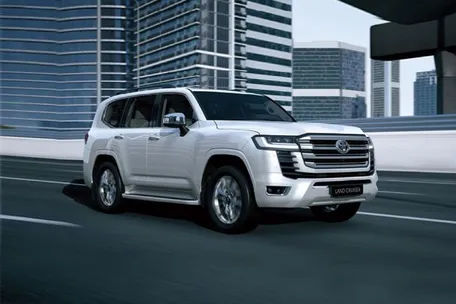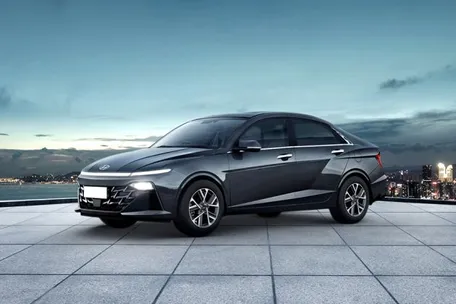The Subaru Crosstrek looks like it knows no boundaries. Chunky black hexagons spill out of the center of its grille, and matte plastic clads all the sharp body lines on the tiny SUV. Inside, the five-seater easily becomes a two-seater, with the rear seatbacks flipping down to welcome most of the popular adventure props. All your canoes and tents that don’t fit in the back can go up top. If it could speak, the Crosstrek would say, “Go forth boldly, fear no bears or rock chips!” Its confidence is charming, if ambitious.
For 2024, the Crosstrek hasn’t gone for radical changes so much as small but needed improvements. For the first time, it offers wireless Android Auto and Apple CarPlay. The newest version of EyeSight’s driver-assist safety suite has a wider field of view, to sooner warn of bicyclists or cross traffic. The respectable fuel economy (an EPA-rated 26-27 mpg city/33-34 highway/29 combined) remains, and the $26,290 starting point is unchanged. The Premium version we drove, with a power sunroof, blind-spot detection, and the All-Weather package still came in under $30,000, which is a lot of good vibes for the money.
Subaru has been perfecting its car-dressed-up-as-a-rugged-SUV ever since it first put two-tone paint on the Impreza in 1996. The 2024 Crosstrek drapes new sheetmetal over a stiffened chassis, adds some padding to its seats, and quiets down the cabin so you can better hear the REI podcast on your way to work. The manual transmission has been dropped, but there are otherwise no major powertrain changes, as the Crosstrek’s base and Premium trims come with the same 2.0-liter flat-four as before, while the Sport and Limited get a 2.5-liter version with an extra 30 horsepower. Our first drive sat us behind the wheel of a Crosstrek Premium in Offshore Blue Metallic—picture the navy-tinted gray of a lake under an overcast sky—and sent us on a day-long meander through California’s Joshua Tree National Park and out onto some nearby backcountry OHV trails.
On the road, the Crosstrek rolls into the corners and takes a second to power out of them. The 2.0-liter has never been a performance star, and with no change in horsepower and a slight bump in weight, it’s unlikely the new Crosstrek will improve much on the 9.2-second 60-mph time we recorded with a 2018 model.
The new Crosstrek will, however, get there with much less cacophony than before. We’ve previously lamented the drone of the Crosstrek’s CVT and the howl of the overworked boxer engine. The improvement for 2024 is noticeable. The faux shifts of the CVT are softer, both physically and aurally, and while the engine still uses all of its 152 horses and 145 pound-feet of torque to reach freeway speed, it’s now possible to have a conversation inside while this is happening. Joshua Tree is notoriously windy—we once saw a raven suspended midair, wings a-flapping with no forward motion—but none of the desert maelstrom made its way into the cabin. And the broken, gravelly pavement was more apparent through the windshield than through the seats.
The softer ride comes from several changes. First, the seats themselves. Subaru added more bolstering and support to both the seat bottom and back, and the resulting chairs are plump and pleasant. Underneath the Crosstrek’s new seats, you’ll find the Subaru Global Platform. The new chassis uses more structural adhesive and additional weld points to increase crash safety and ride quality. Making the car’s structure stiffer means the suspension can be softened to better absorb bumps. The result is a mixed bag for the Subie. The Crosstrek rides wonderfully on pavement and cushions vibration on dirt, but it’s easy to reach full compression with an enthusiastic approach to even a small rise or pothole, resulting in the uninspiring thud and scrape of a tire at the top of a wheel well.



